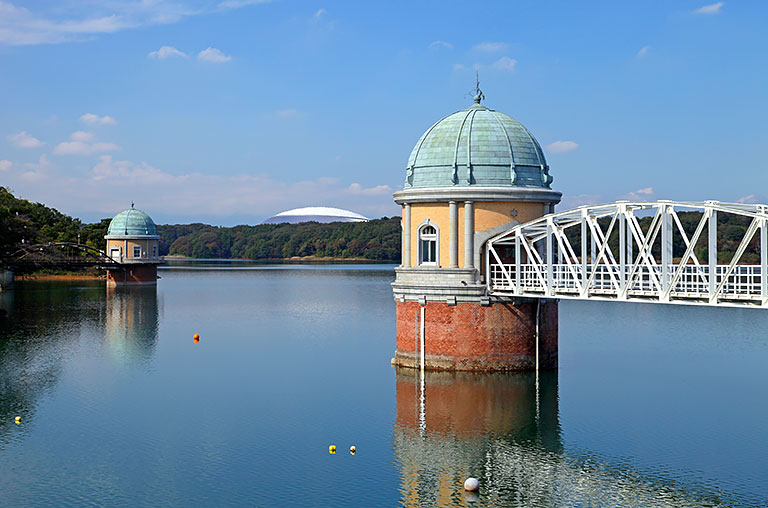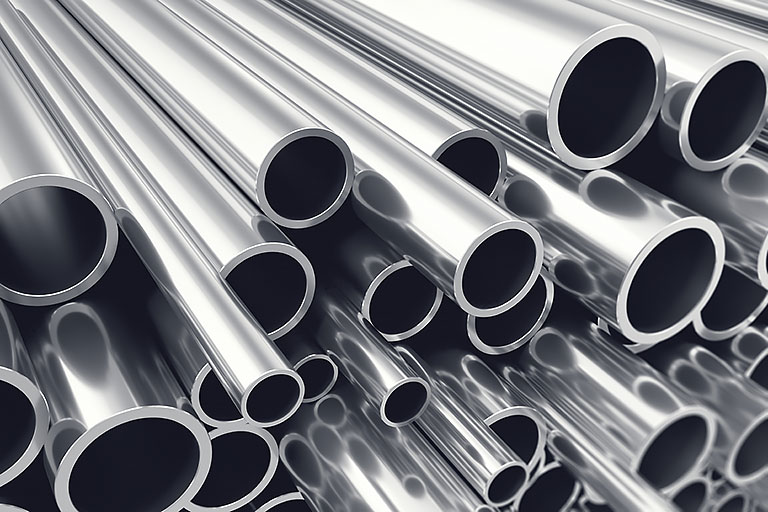The Tokyo Metropolitan Government’s Bureau of Waterworks have used stainless steel to dramatically reduce the city’s water loss
For cities all over the world, reliable access to clean water is a key concern for municipal authorities and their citizens. Water is generally a scarce resource, a problem that is set to worsen in the coming decades, and the costs involved in treating it – money, man-hours, chemicals and energy – are high. It is therefore a universal imperative that water conservation be treated as a priority policy consideration.
Plugging the hole
In the 1970s, Tokyo City Water Board decided it needed to address the high level of water losses they were experiencing through leaking lead and cast iron pipes, which at the time had reached approximately 17%. However, identifying and fixing the leaks in the system was a painstaking process.
The problem was that once a compromised segment had been found, the entire section had to be dug up and repaired with any remaining pipes replaced. Urban planners feared the city would be locked into a perpetual game of cat and mouse – searching for the source of water leaks so they could replace the pipes, only to have other sections begin leaking as soon as work was finished.
With Tokyo located near a fault line, officials were also concerned that the pipes would not withstand a major earthquake.
 Lake Tama reservoir provides a large proportion of Tokyo’s drinking water
Lake Tama reservoir provides a large proportion of Tokyo’s drinking water
Stainless steel as the obvious solution
“They wanted a material which would be strong enough to withstand seismic shocks and would be resistant to corrosion over a longer life cycle than traditional materials,” explains John Rowe, secretary-general of the International Stainless Steel Forum. “Stainless steel has a high strength-to-weight ratio, allowing it to be produced at thinner gauges without sacrificing strength.”
The technology to produce stainless steel pipes had existed for many years, but it wasn’t until 1980 that the Tokyo Metropolitan Government’s Bureau of Waterworks began installing them. It chose to use Grade 316L stainless steel, a very strong alloy that has been proven to be safe for use in food and drink environments. The steel’s excellent corrosion resistance also gave it a longer useful life than competing materials, so the city would spend less on maintenance overall.
“What was new in Tokyo was the technology to corrugate the pipes,” explains Rowe. “They needed the pipes to be formed into corrugated sections that could be easily bent into different angles so that they could reduce the number of joints needed. It was essential to produce stainless steel fittings, joints, elbows and T-Junctions for the whole system to avoid weak links.”
By 2012, the Bureau of Waterworks had completely replaced the service pipes in the city’s water distribution system. Every pipe connecting the large diameter water mains pipe to narrower household and commercial pipes was now a stainless steel one. Replacing the old lead and ductile iron pipes reduced recorded water loss from 17% to just 2%. This means savings of approximately 200 million cubic metres of water and nearly 4 billion US dollars, and that is excluding indirect cost benefits such as reduced reservoir development, repair and maintenance.
 Stainless steel was chosen for its strength and corrosion resistance
Stainless steel was chosen for its strength and corrosion resistance
A global response
High water loss is not a problem unique to Tokyo. The OECD estimates that levels of water loss vary from 17% to 30% in many developed cities, including London, Paris and Rome.
As cities seek to address this issue, the use of stainless steel pipes is becoming the international standard. Already, the example set by Tokyo has inspired both Seoul and Taipei to undertake similar infrastructure projects. And while the work in those cities is still underway, the results are looking promising.
“The Seoul project certainly followed the example of the success in Tokyo,” says Rowe. “While in Taipei the case was actually managed by the Tokyo contractors initially, but later became an independent project. What has succeeded in these cities can surely succeed elsewhere.”
As cities growth larger and denser, it becomes more and more costly to maintain leaky water distribution systems. Tokyo has demonstrated that the initial cost of installing stainless steel can be recouped many times over during the longer life cycle. Through a reduction in repairs, replacements and maintenance, as well as diminished water losses, stainless steel pipes will soon be helping cities everywhere to deliver fresh water.
Images: Getty
Video: Tokyo Waterworks